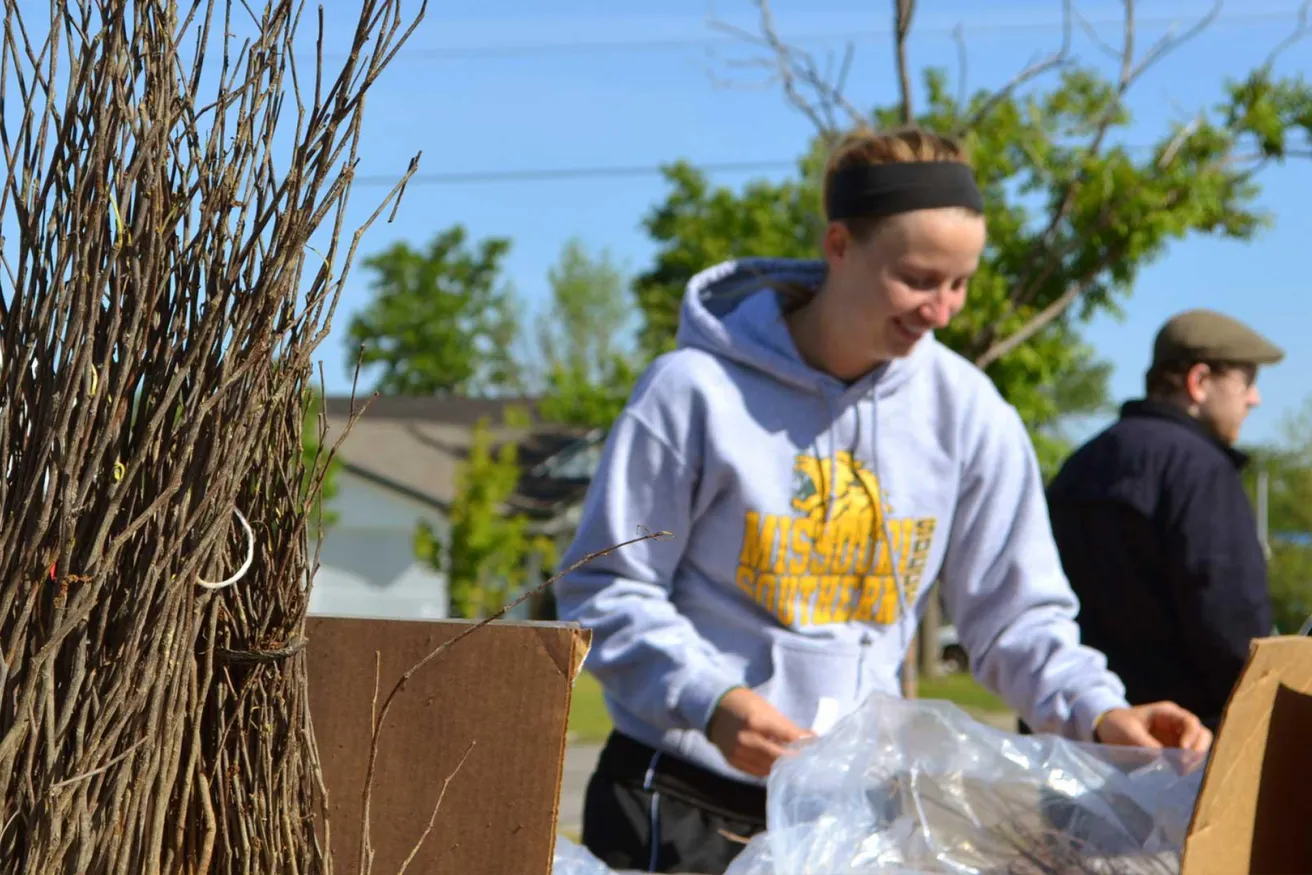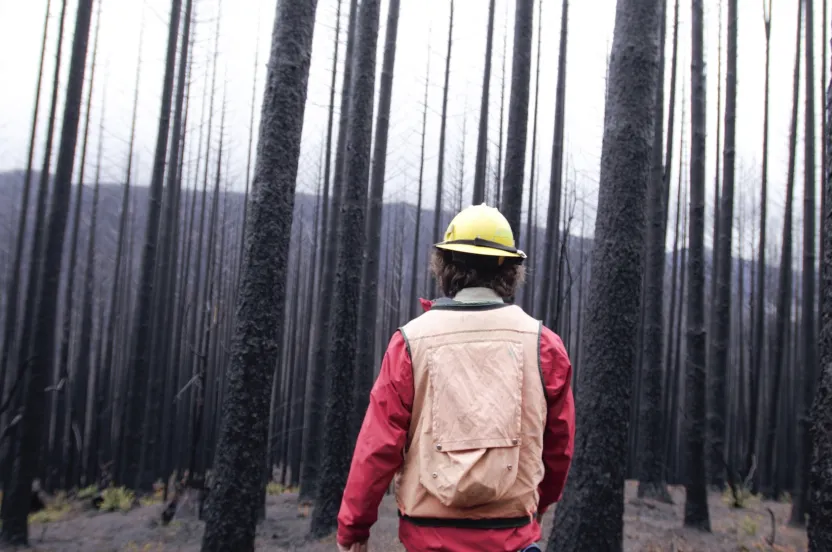Now live: The 2025 Canopy Report. Learn how Americans see trees. GET THE REPORT
Community Tree Recovery: How to Get Involved
Learn how you can participate in community tree recovery efforts and make a difference in restoring local forests.
December 10, 2015

Every year, natural disasters strike communities throughout the United States. Over the past three years, FEMA has declared over 256 individual domestic disasters. These disasters not only affect the people and the infrastructure of the affected communities, but also affect the natural environment as well. The loss of trees is a major component to this devastation, and is far more than meets the eye.
Trees play a vital role in our everyday lives and are often overlooked until they are no longer there. Trees help clean the water we drink, and improve the quality of the air we breathe. They provide natural spaces for our children to play, and food for a multitude of wildlife to eat. For many people, trees invoke memories of childhood climbing or apple picking. Residents of disaster-stricken areas often talk about the void they feel after their trees have been destroyed. These reasons demonstrate how important it is to restore those lost trees after a natural disaster.
If a disaster strikes your state or community, once the initial needs of the people are met there are numerous ways to jump start the process of tree recovery. Many groups and organizations are invested in the health of your urban tree canopy and can provide you guidance on what sort of specific response your community may need. A good first step would be to reach out to one of the following leaders at your local, county or state level:
Local Level
- City Forester
- City Manager
County Level
- County Forester
- County Judge
State Level
- State Forester
- Urban and Community Forestry Coordinator
These leaders will be able to direct you towards future tree plantings efforts as your community continues to recover. You can also research local non-profit tree planting organizations. Local organizations are great advocates for communities and often have connections to a wide network of organizations who may also want to get involved.
However you choose to get involved, replanting our urban tree canopy is an extremely important piece of the recovery process following a natural disaster. Beginning the process of replenishing trees will ensure that the next generation enjoys the natural beauty that once was.



